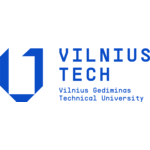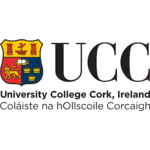Mission Climate
Sustainable & interdisciplinary climate solutions & policies
Background
The Mission Climate Helix aims to promote the formation of strongly interdisciplinary consortia that will be composed of, but not limited to, participants from both academic and non-academic environments, with affinity to Earth Sciences, Ecology, Social sciences, Economical sciences, Eco-Technology, Environmental Engineering, Policy Development, and Circular Economy.
Scope
It is led by UAntwerpen, by Eric Struyf and Jan Cools of the ‘Global Change Ecology Centre’ and the ‘Institute for Environment and Sustainable Development’. The inherent focus of the coordinators is therefore on nature-based solutions for climate mitigation and adaptation. How do ecosystems interact with climate change? This interaction is clearly bi-directional. Ecosystems can have an important influence on the climate, but climate also has a strong impact on ecosystems. Is the interaction impacting ecosystem services directly impacting local communities and stakeholders? What is the role of biodiversity in this interaction? Are species able to adapt to changing conditions, and how does this affect the functioning of the ecosystem? Based on this knowledge, nature-based solutions can be developed to harness the power of biodiversity and ecosystems to mitigate climate change, or to allow adaptation to climate change effects. How can these nature-based solutions be optimally designed, and how can we ensure their adoption by local stakeholders and communities?
This is not limited to natural ecosystems. Agricultural land and urban areas can also be designed to maximize ecosystem services and climate neutrality. In these areas, maximization of ecosystem services can both induce a better life for inhabitants, while also promoting e.g. biodiversity, and still deliver substantial or even larger long-term economic value.
Citizen Engagement
An important role is played here by efficient communication, information and participation. Climate action can only be successful if the reasoning for its implementation is endorsed by citizens, including minority groups and groups that are more challenging to reach. Citizen science is one way to achieve these goals.































